I’m giving you ten entries this time, since John never got around to defining five of them. The undefined terms may be frustrating, but I include them since they show what he thought was relevant. In this batch, among other things, he decisively equates ghosts with elementals and gives the first term taken from Richard Shaver’s vocabulary.
I’ve long been fascinated by Shaver’s elaborate mythology, particularly his paintings, based on the images he saw in rocks (long story). I’m one of the few discriminating art-lovers that owns one, so I’ll include a photo of it here as a footnote.
And here’s the Shaver painting:

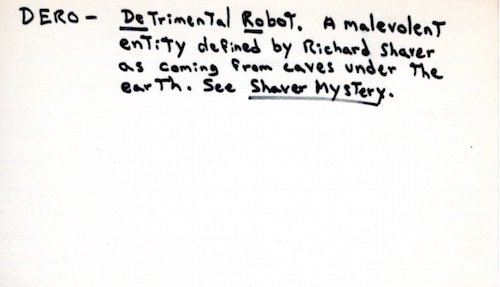
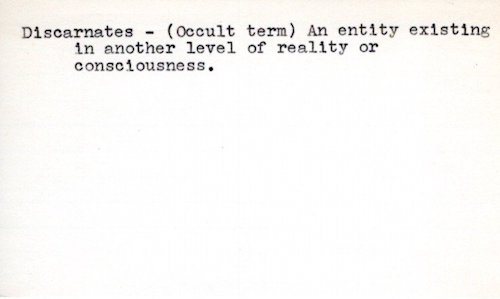
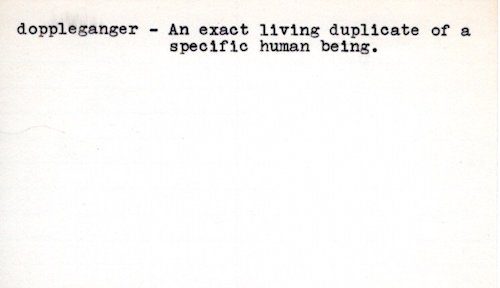
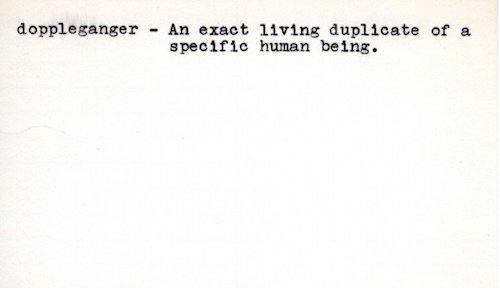
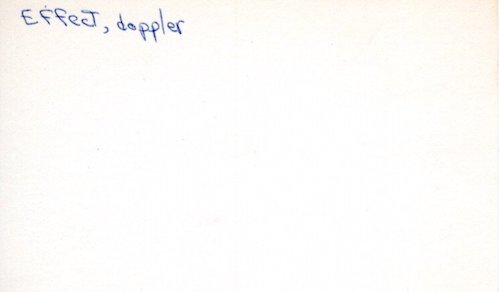
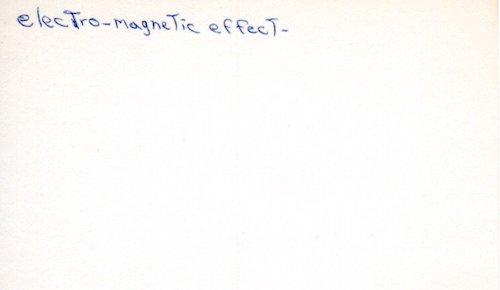
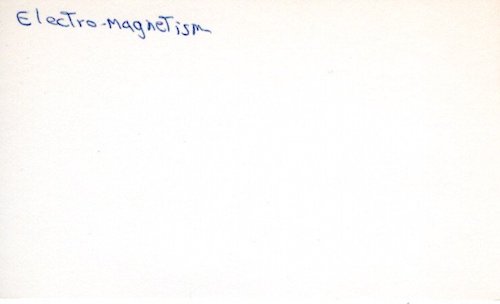
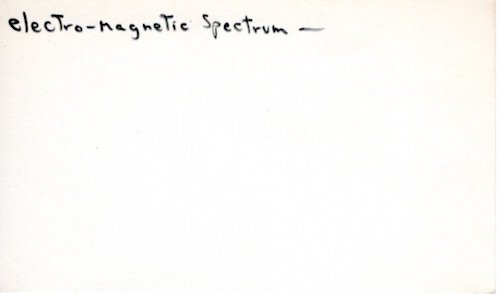
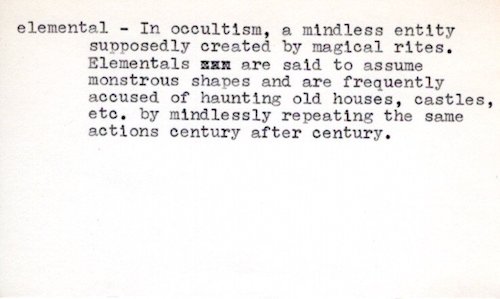
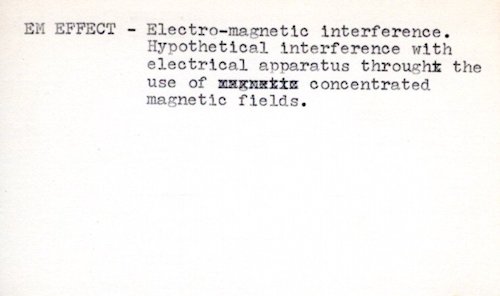
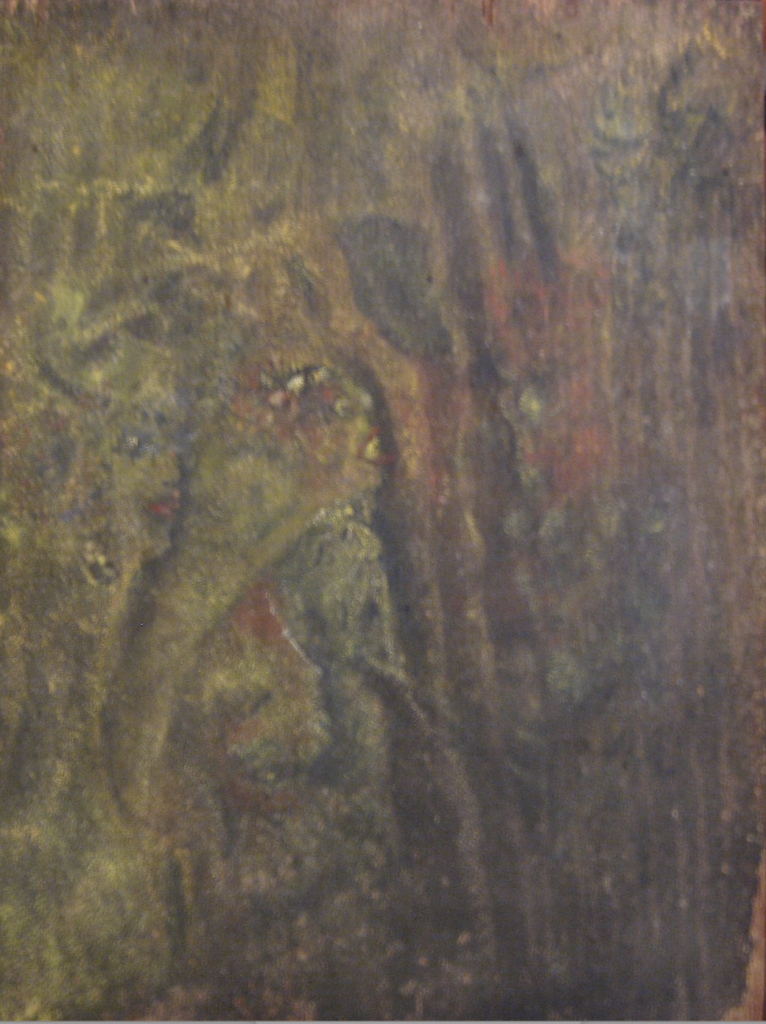
Before the end of World War II Shaver’s stories already anticipated much of the later UFO world: flying vehicles, hidden bases, abductions with sexual sadism, little creatures, lost civilizations, conspiracies… And yet he was ill. Hearing voices, believing you are being controlled by invisible rays are classic symptoms of schizophrenia. Ray Palmer himself, who published his stories, said Shaver spent eight years in a mental institution. No wonder there has been so much resistance to taking this field seriously. Yet, now the Pentagon admits there is something to the UFO phenomenon. Complicated. Of course, if UFOs are real, they can also visit the crazy.
I wonder if Palmer thought there was something to Shaver’s stories or if he just took advantage of a mentally ill person to sell magazines.
Comment by Mestiere — May 6, 2022 @ 4:59 pm
Many of these themes were already present in fiction. Shaver cited the cave stories of Abraham Merritt (which featured lost races with flying machines), Maupassant’s invisible demon the Horla, Bulwer-Lytton’s hollow earth tales, and folklore in many cultures about little people in caves. He thought they all validated his experiences.
He suffered from the “influencing machine” delusion, a common symptom of schizophrenia. Again, the fact that other people had it validated it for him.
Palmer said he thought Shaver had visited some etheric realm, like those in the channeled book Oahspe. Shaver vigorously denied this. At any rate, Shaver, despite or because of his delusions, was imaginative and industrious, and worked with Palmer and other writers to polish his material. Palmer wasn’t really exploiting him; he was helping him make money writing for the pulps.
Of course, both Palmer and Shaver were very complicated characters!
Comment by Doug — May 8, 2022 @ 9:40 am
thanks for sharing the painting by Shaver. Enjoyed the two previous comments as well.
His name is familiar to me but that is about it.
Is there a succinct accurate bio of Shaver on the internet??
Really appreciate u creating and updating this website.
Comment by KevinR — May 8, 2022 @ 2:47 pm
A very complete and intelligent answer. Thanks, Doug!
Comment by Mestiere — May 8, 2022 @ 4:12 pm
Richard Toronto wrote an excellent bio of Shaver, War Over Lemuria, and a beautiful book about Shaver’s artwork, Rokfogo (full disclosure: I contributed an article on historical traditions of rock-gazing to the latter). He has a website at http://www.shavertron.com, which is informed and sympathetic, but not credulous. An ideal combo!
Comment by Doug — May 12, 2022 @ 10:13 am
You’re welcome! Palmer published many pages of his correspondence with Shaver in his magazine The Hidden World. They explain a lot about the collaboration.
Comment by Doug — May 12, 2022 @ 10:23 am
Thank you Doug for the reply to my question. I am soooooo… on it :0)
Comment by KevinR — May 12, 2022 @ 11:07 am
One of my earliest memories (I couldn’t have been more than four or five) is of my father and his father in law, i.e. my maternal grandfather, discussing the Shaver mystery in my grandfather’s kitchen while drinking rye whiskey. To this day, over 70 years later, the smell of rye brings that memory back.
Comment by Larry Osborne — May 12, 2022 @ 12:02 pm
Ha! The Shaver Mystery certainly created quite a sensation in the ’40s and ’50s.
Comment by Doug — May 12, 2022 @ 7:39 pm